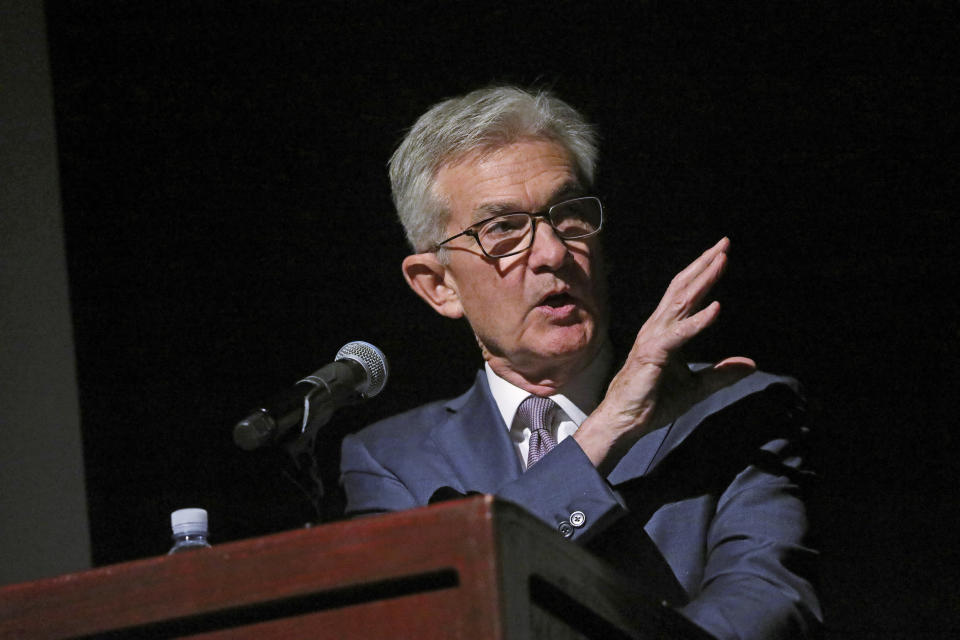Analyst: Why the Fed may need to go 'earlier and bigger' on monetary policy — as soon as this week
Jefferies chief market strategist David Zervos expects the Federal Reserve to get more aggressive on monetary policy as the virus-related selloff becomes “exponentially worse.”
On Monday morning, the Federal Reserve increased the size of its repo facility amid mayhem on Wall Street that sent the Dow into a 2,000 point swan dive. Just last week, the Federal Reserve cut interest rates by 50 basis points to combat the economic effects of the coronavirus (COVID-19) — a move that many analysts say was ineffective, and may have increased the market’s anxiety.
However, Zervos said in a note to clients over the weekend that the Fed may need to “kick into gear” again, perhaps as early as this week. The analyst worked at the Federal Reserve as both a visiting advisor in D.C, and as an economist in the early 1990s.
“I do not think it is unreasonable to imagine the same ‘earlier and bigger’ theme as we did last weekend — ‘Think inter-meeting. Think 50 or 75” basis points, Zervos wrote.
“To be sure financial conditions have tightened markedly over the last weekend, and inflation risks, especially via energy, have collapsed,” he added.

In a wide-ranging interview with Yahoo Finance on Monday as markets endured another grim selloff, Zervos said the Fed’s next move would likely be data-dependent — and contingent on how markets behave.
“I think we were looking for something inter-meeting last week, and I think it’s really just a question of how we go into these weekends, and we just get more and more data that’s more and more dire, and there’s not a lot of reason for the Fed to sit back when it sees that kind of data,” he told “On the Move.”
Like a growing number of market participants, Zervos believes the Fed is about to be “running very low on rate cut ammo.” The “next obvious step in the Fed’s playbook” will be quantitative easing, he said.
“I don’t think any of these things hurt. The cost of doing a rate cut, the cost of reigniting QE, the cost of doing what you are talking about — the funding facilities — is that we over-stoke the economy and create some unwanted inflation pressures. That’s the cost of a monetary easing,” Zervos added.
Zervos added that with oil (CL=F) plunging, the price risks are now skewed to the downside.
“The idea that we are stoking unwanted inflation pressures seems pretty ludicrous,” he said, especially since the Fed’s preferred inflation gauge has missed its target for several years running.
“So, they’re way undershooting inflation. They have been all the way through this recovery,” Zervos said. “I’m not sure what the cost is, although there are a few that say, ‘Hey, there are financial stability risks. You may be stoking stocks.’”
However, with stocks now dancing on the edge of a bear market,“it doesn’t feel like we’re stoking stocks too much,” he added.
Julia La Roche is a Correspondent at Yahoo Finance. Follow her on Twitter.
Read the latest financial and business news from Yahoo Finance
Follow Yahoo Finance on Twitter, Facebook, Instagram, Flipboard, SmartNews, LinkedIn, YouTube, and reddit.
